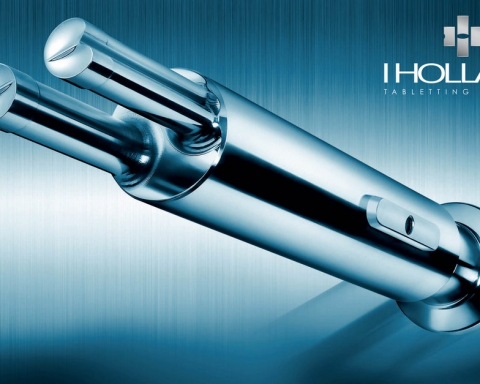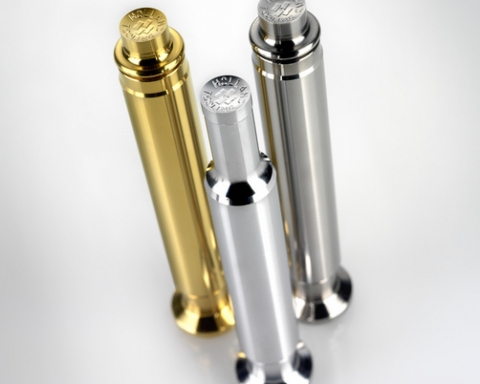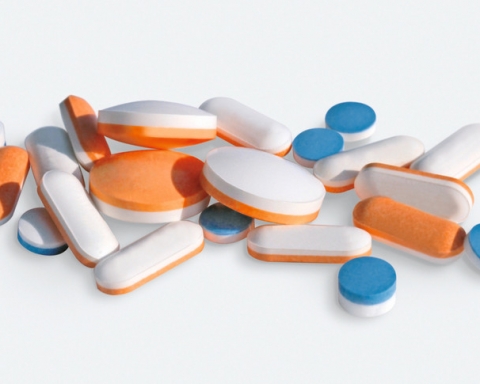Dispersible tablets are uncoated or film-coated tablets intended to be dispersed in water before administration giving a homogeneous dispersion. Oral dispersible tablets (ODTs) are uncoated tablets intended to be placed in the mouth where they disperse rapidly before being swallowed.
ODTs can be taken without water – a benefit for ‘dry’ situations where water or other liquid drinks are not available. A pleasant taste is achievable with appropriate taste-masking and flavoring, which is most often a mandatory requirement for such drug products.
Due to extensive expertise in taste-masking, numerous Pharmaceutical Services provide variable formulation concepts to achieve rapidly or fast disintegrating tablet formulations with excellent organoleptic properties.
The API(s) may be presented in the form of taste-masked API, micropellets or microgranules.
The micropellet dosage form concept easily allows the combination of the taste masking approach with a modified drug release approach. Therefore, dispersible tablets and ODT formulations can be applied for both immediate release and for modified release products.
The ideal characteristics of a drug for oral dispersible tablet include-
- Ability to permeate the oral mucosa.
- At least partially non-ionized at the oral cavity pH.
- Have the ability to diffuse and partition into the epithelium of the upper GIT.
- Small to moderate molecular weight.
- Low dose drugs preferably less than 50mg.
- Short half life and frequent dosing drugs are unsuitable for ODT.
- Drug should have good stability in saliva and water.
- Very bitter or unacceptable taste and odor drugs are unsuitable for ODT.
Orally disintegrating tablets have potential advantages over conventional dosage forms,which include-
- Easy to administer to the patient who cannot swallow such as pediatric, geriatric, bedridden, stroke victim and institutionalized patient (specially for mentally retarded and psychiatric patients)
- Excellent mouths feel property produced by use of flavours and sweeteners help to change the perception of “medication as bitter pill” especially in pediatric population.
- Fast disintegration of tablets leads to quick dissolution and rapid absorption which may produce rapid onset of action.
- ODTs offer all the advantages of solid dosage forms and liquid dosage forms.
- Convenience of administration and accurate dosing compared to liquids.
On the other hand, the limitations of oral dispersible tablets are-
- Patients may mistake ODT for effervescent tablets.
- ODT need to be handled carefully because some of ODT developed may not have sufficient mechanical strength.
- Patients with dryness of mouth or with siogrens syndrome or who taking anticholengic drugs may not be suitable population for administering ODT. (Although no water is needed to allow the drug to dispense quickly and efficiently but most technologies of ODT utilizes the body own salivation but decreased volume of saliva may slow down dissolution/ disintegration/ bioavailability of the product.)
- ODT can be used easily in children who have lost their primary teeth but do not have full use of their permanent teeth and also for geriatric patients who have lost their teeth permanently.








